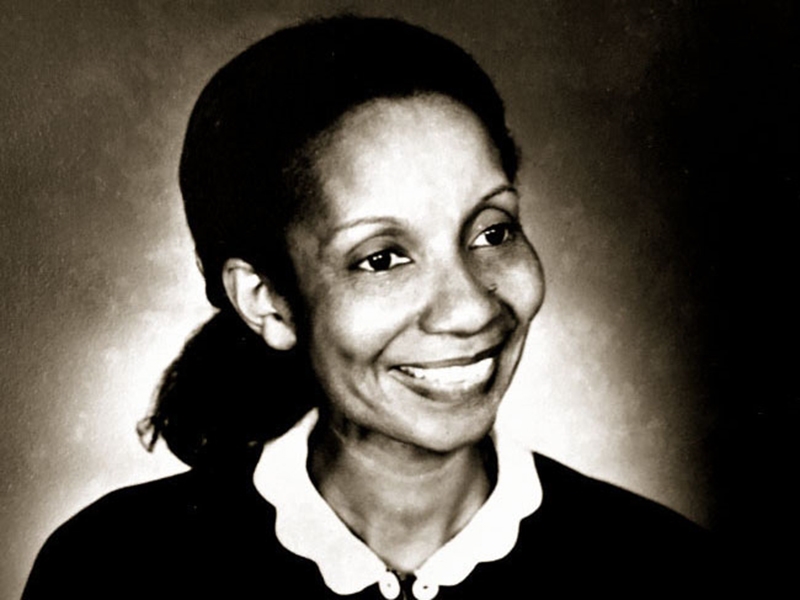
Dorothy McFadden Hoover was born on July 1, 1918, in Hope, Arkansas, where her grandparents has once been enslaved. Gifted academically, young Hoover finished high school at age 15 and college at age 19, as the first women to earn a bachelor's degree in mathematics from what is now the University of Arkansas, Pine Bluff. After graduation, Hoover taught school in rural Arkansas and Georgia for $600 per year, and ultimately, enrolled in graduate work at Clark Atlanta University. She earned her master's degree in mathematics in 1943 and was quickly hired by the federal government to work as a "human computer" for NACA (the precursor to NASA) at Langley Research Center in Hampton, Virginia.
During her time at Langley, Hoover was the first African American woman to be promoted to the Stability Analysis section, the first African American woman to achieve the title of Aeronautical Research Scientist and the first African American woman to co-publish with her supervisor. Hoover's research and calculations helped to design a "thin, sweptback tapered wing" for aircraft — or the modern jet wing. Her success at Langley is mentioned in Margot Lee Shetterly's bestselling book, Hidden Figures.
In 1952, Hoover returned home to Arkansas and enrolled in graduate school at the U of A to pursue a master's degree in physics. Just two years later, in 1954, as a mother of two, Hoover became the first woman of any race to graduate with a master's degree in physics from the U of A and only the second African American woman in the country to earn master's degrees in both mathematics and physics. Her master's thesis, "Estimates of Error in Numerical Integration," was included in the Journal of the Arkansas Academy of Science.
Hoover was the first Arkansan to be selected for a John Jay Whitney Fellowship to the doctoral program in physics at the University of Michigan. After a short time in Ann Arbor, however, the federal government came calling again, hiring Hoover as one of five senior mathematicians to work for the U.S. Weather Bureau's Joint Numerical Weather Prediction unit, making real-time weather forecast over a grid covering more than 24 billion acres of earth's surface. This work was foundational in the study of atmospheric climate science.
During her significant and groundbreaking career in the federal service, Hoover also worked for NASA's Goddard Space Flight Center alongside atomic physicist Aaron Temkin, with whom Hoover co-authored the chapter, "Nonseparable Theory of Electron-Hydrogen Scattering" for the 1963 book Methods in Computational Physics. In the final years of her career, Hoover served as a senior operations research analyst at the Defense Communications Agency.
Devoted to her church — Campbell AME in Anacostia, D.C. — Hoover began to write the history of the African Methodist Episcopal denomination, which was published in 1970 as A Layman Looks with Love at Her Church.
Hoover died on Feb. 7, 2000. Read more about Hoover's amazing life and accomplishments.
Topics
Contacts
Charlie Alison, executive editor
University Relations
479-575-6731, calison@uark.edu